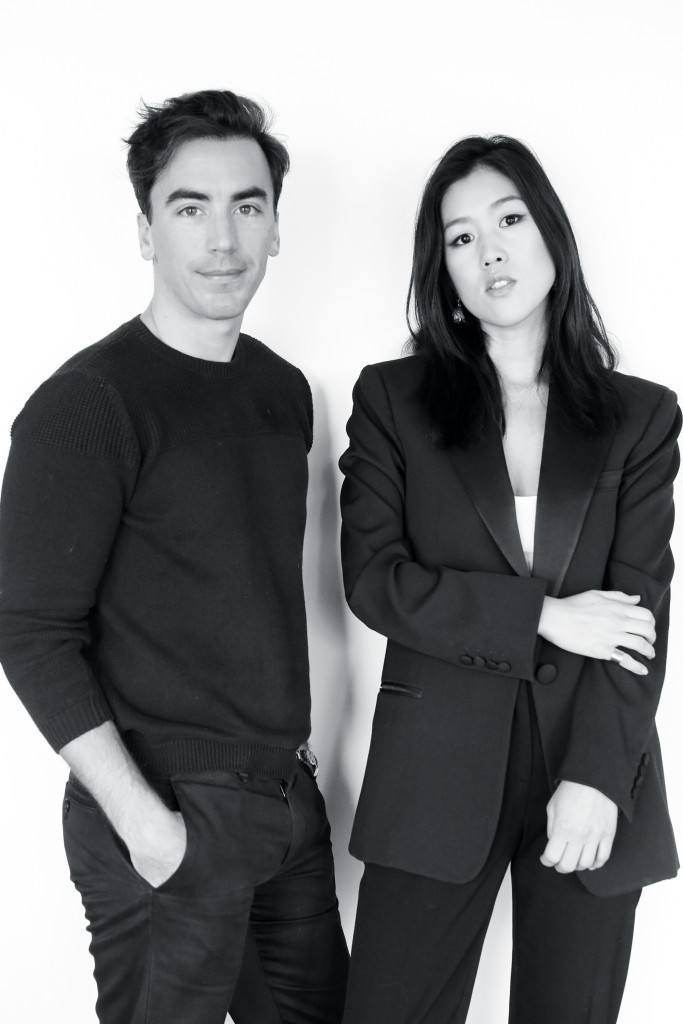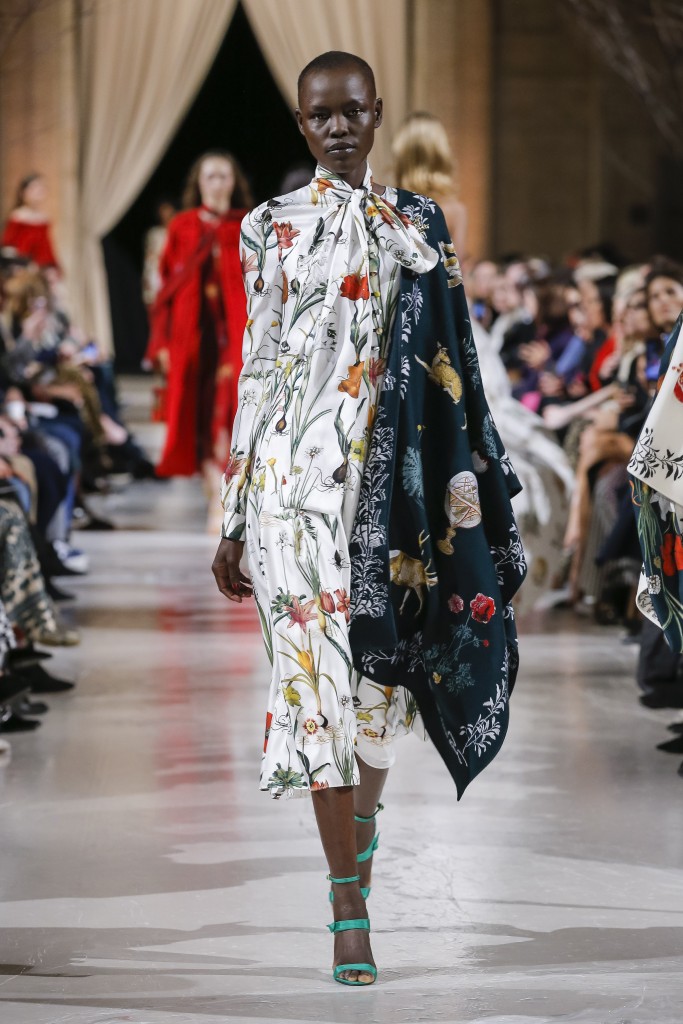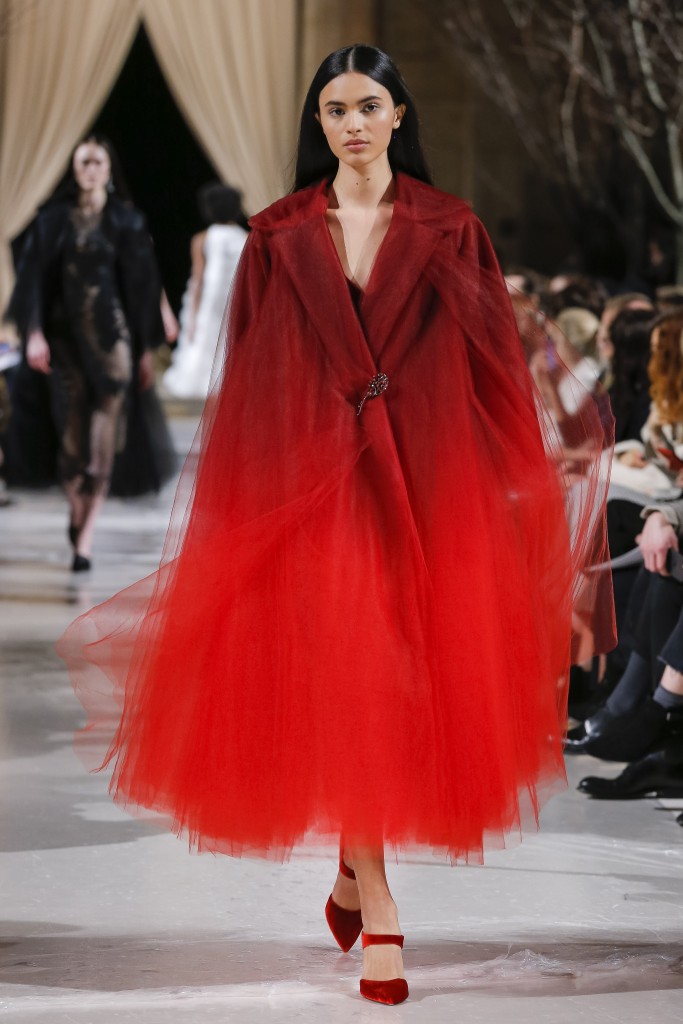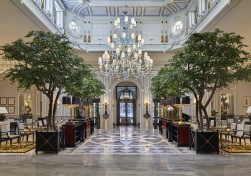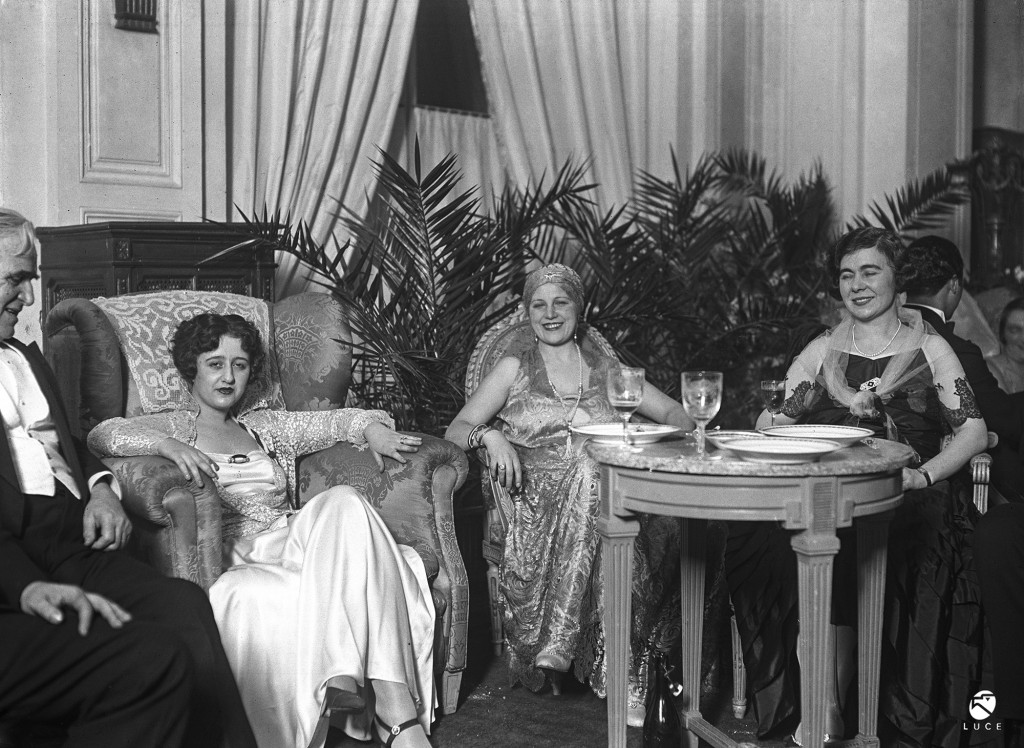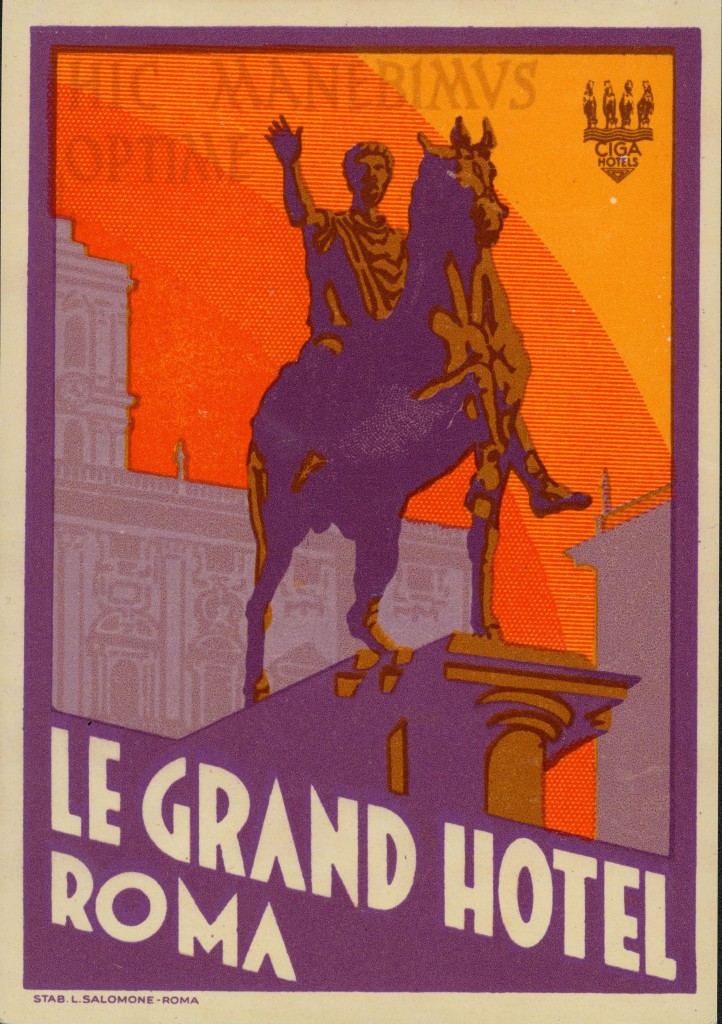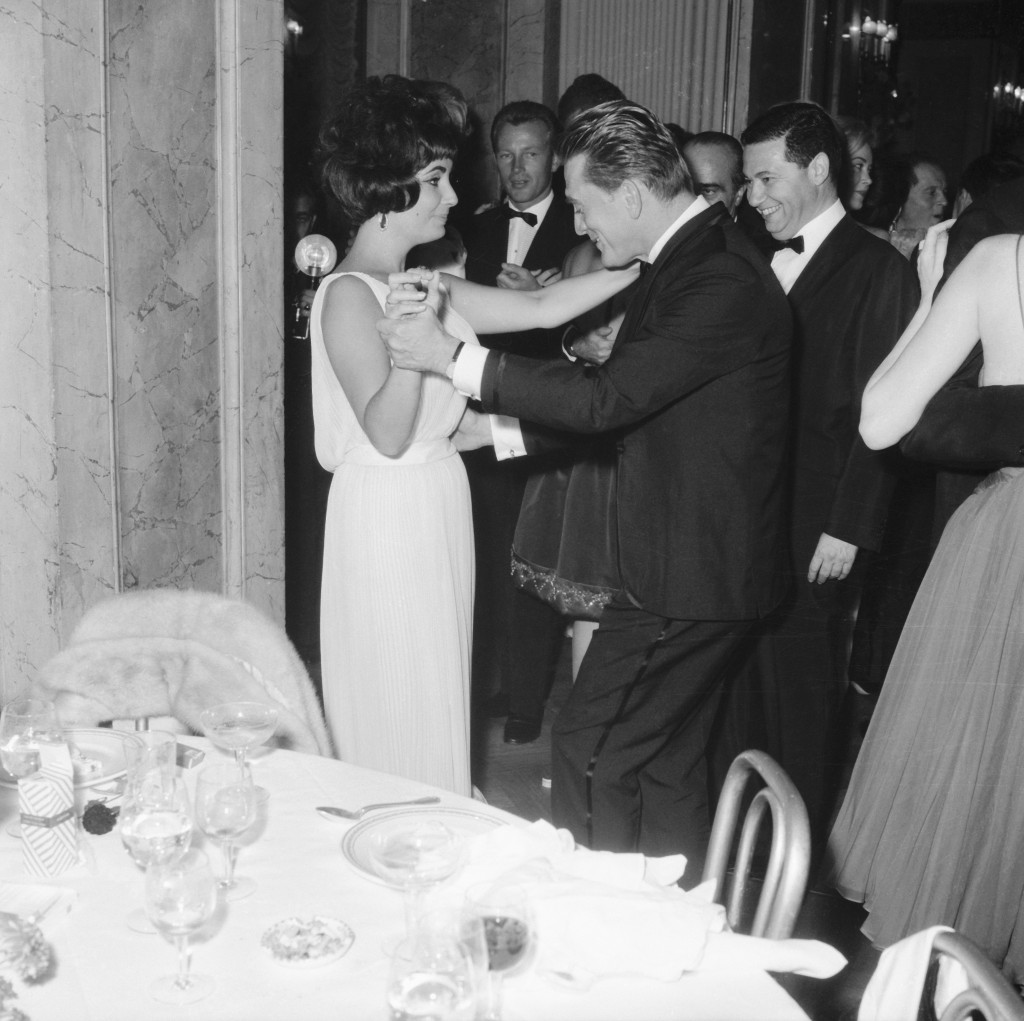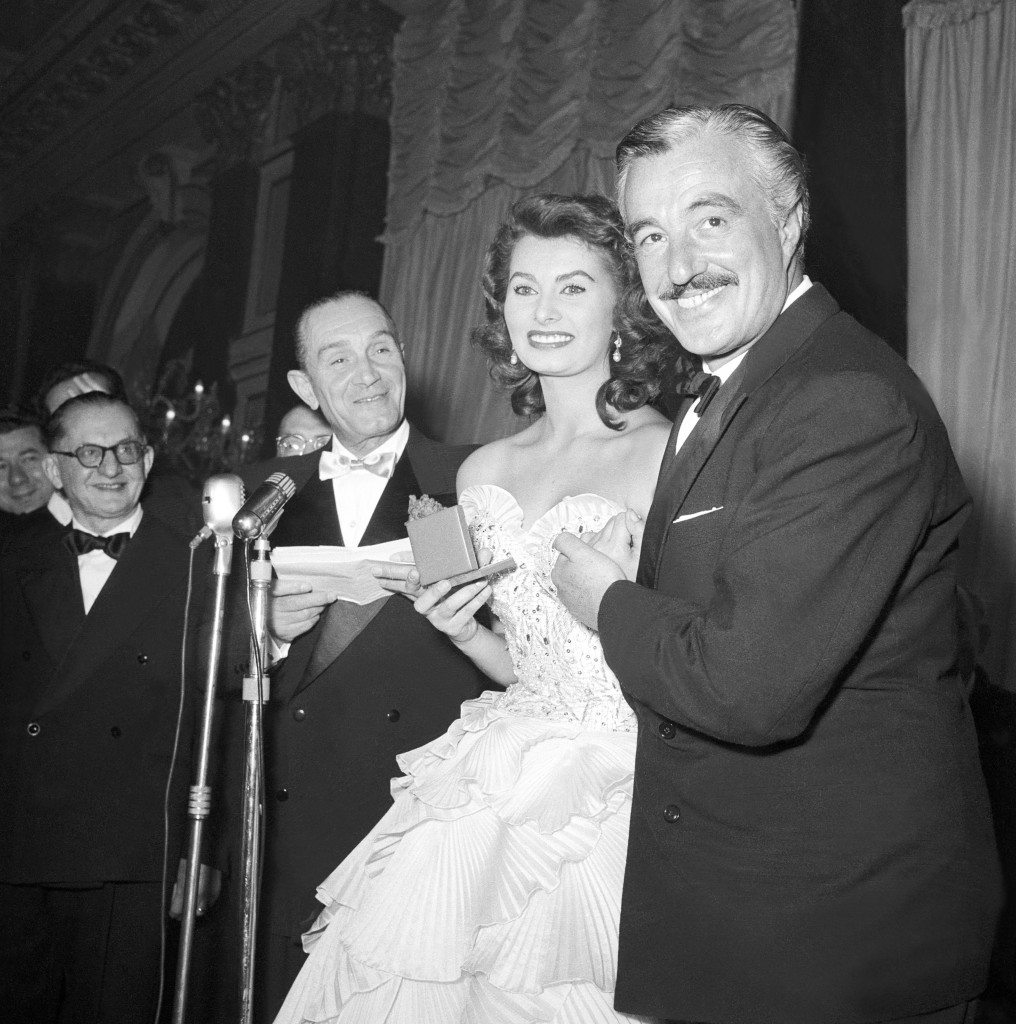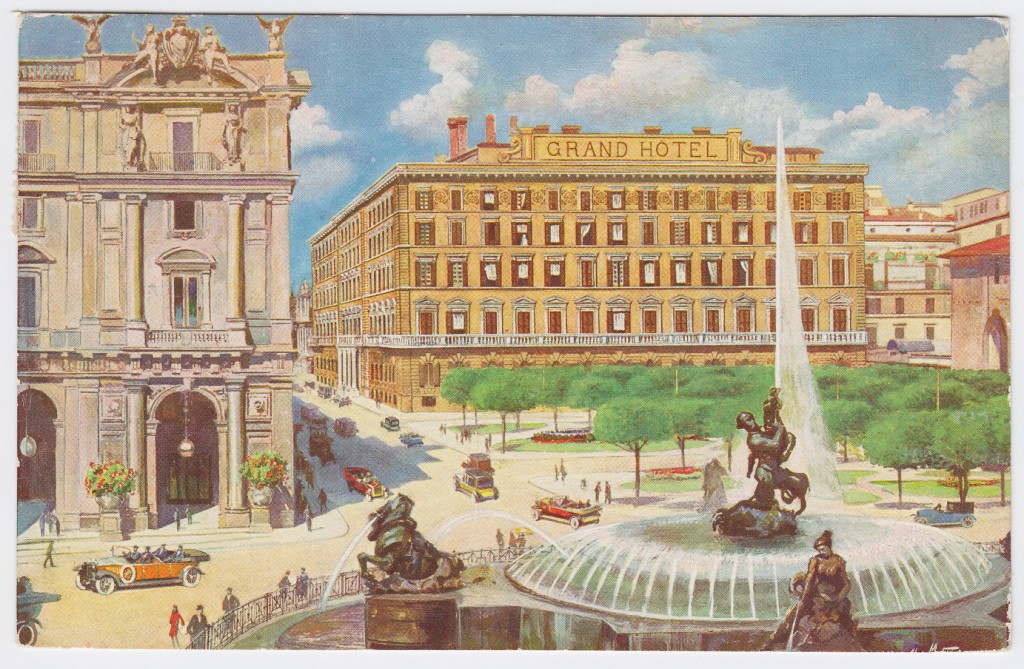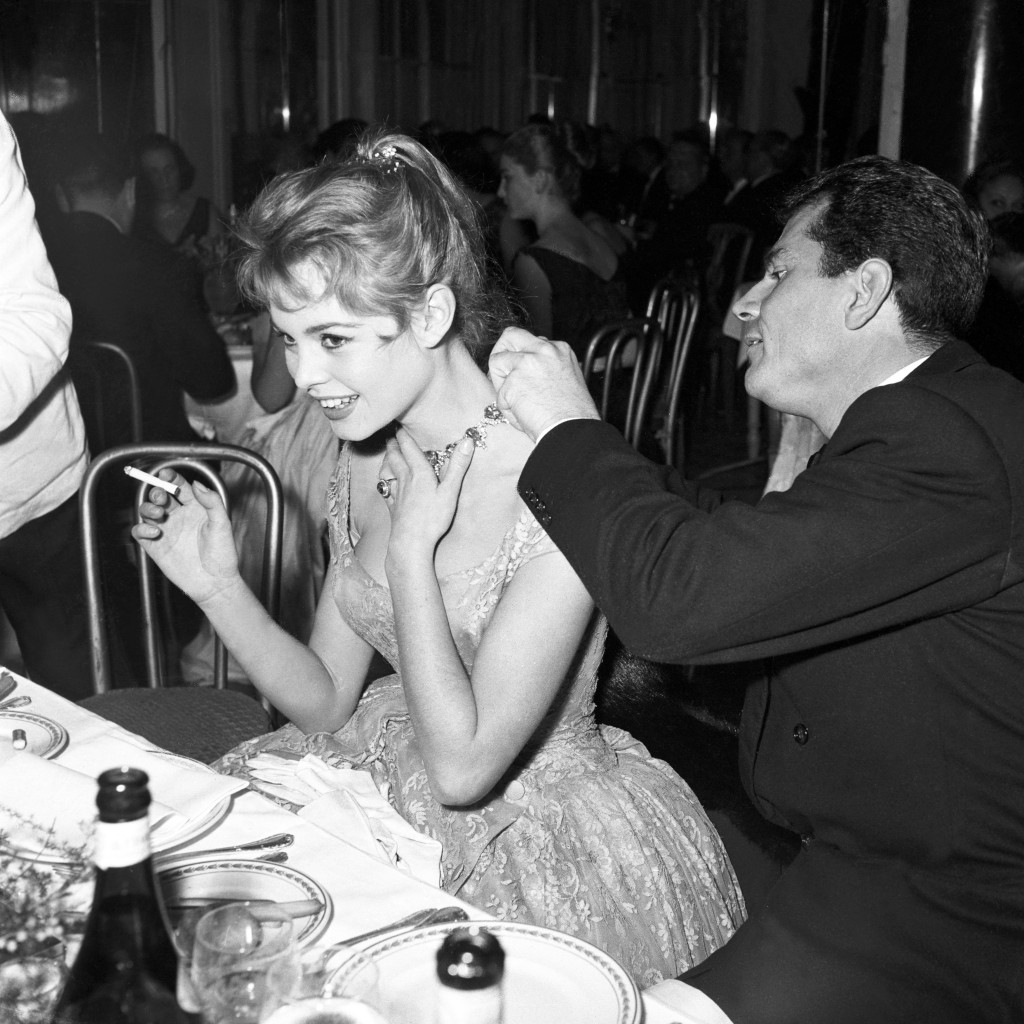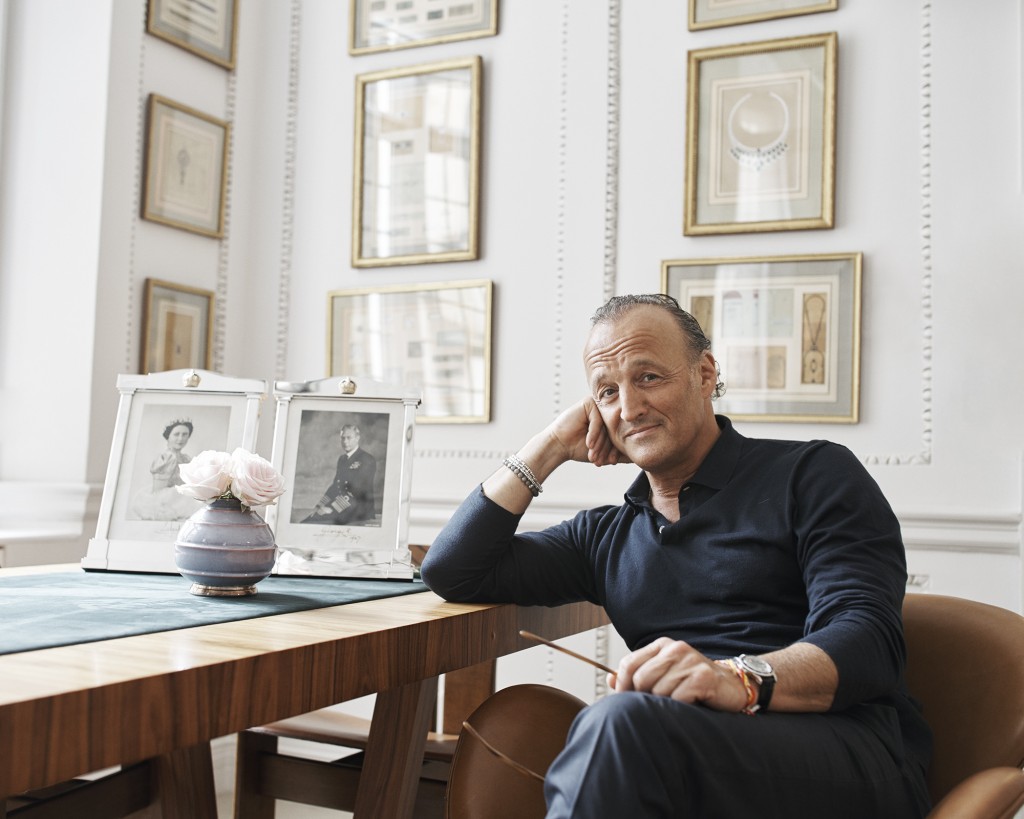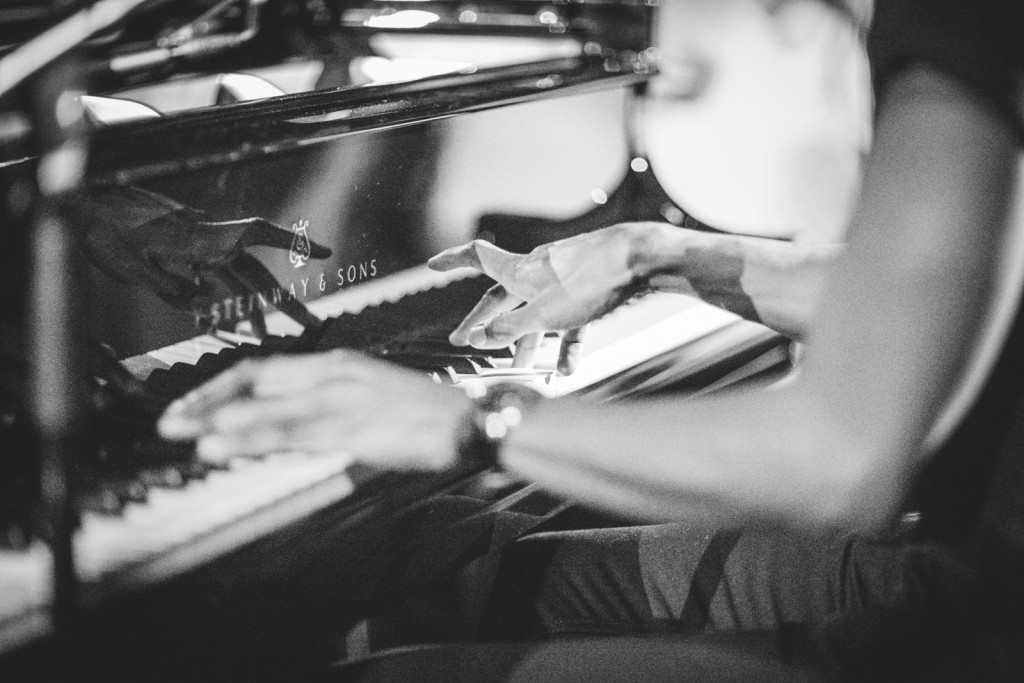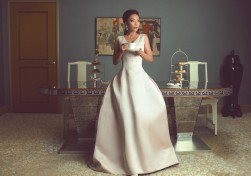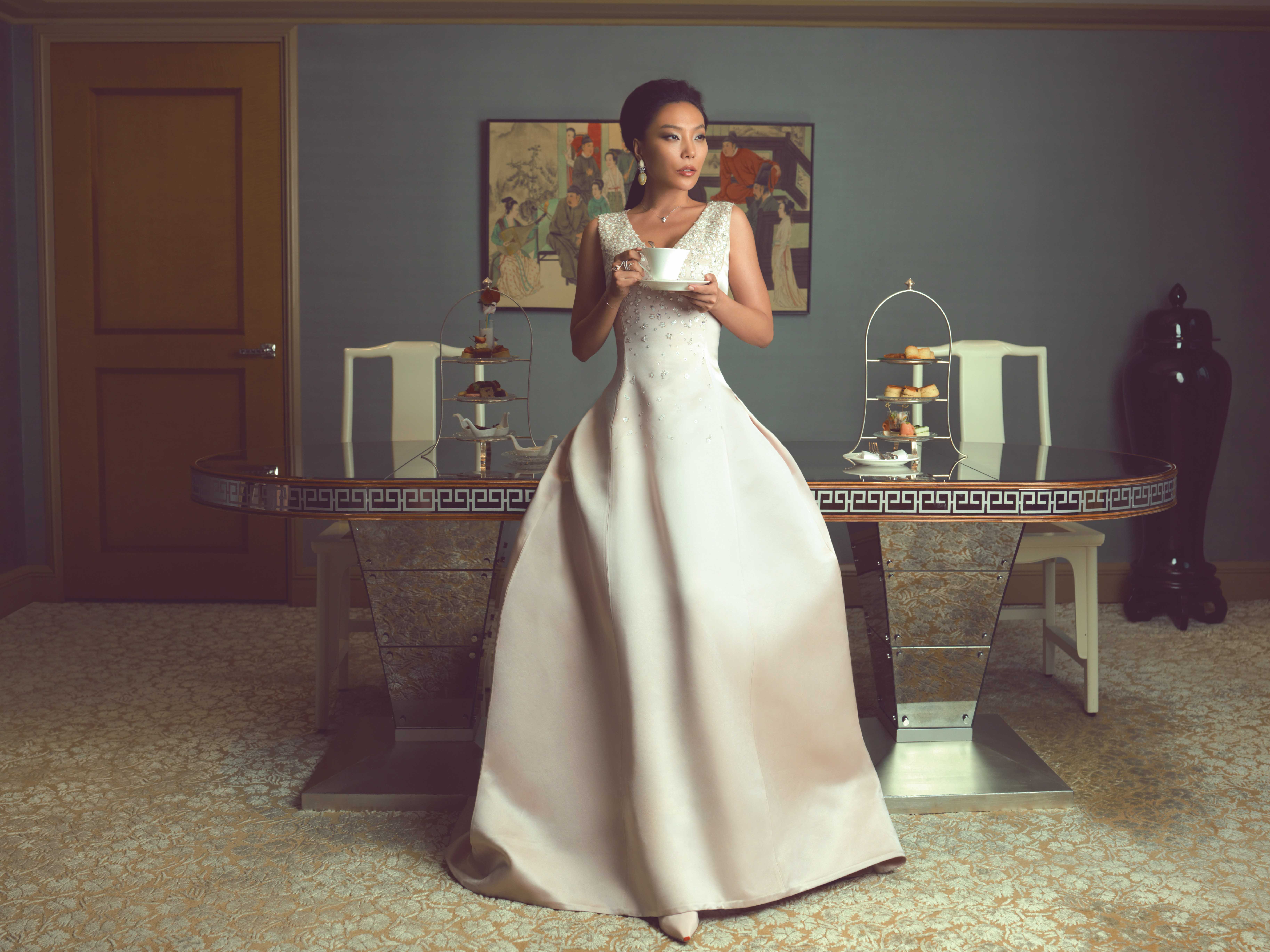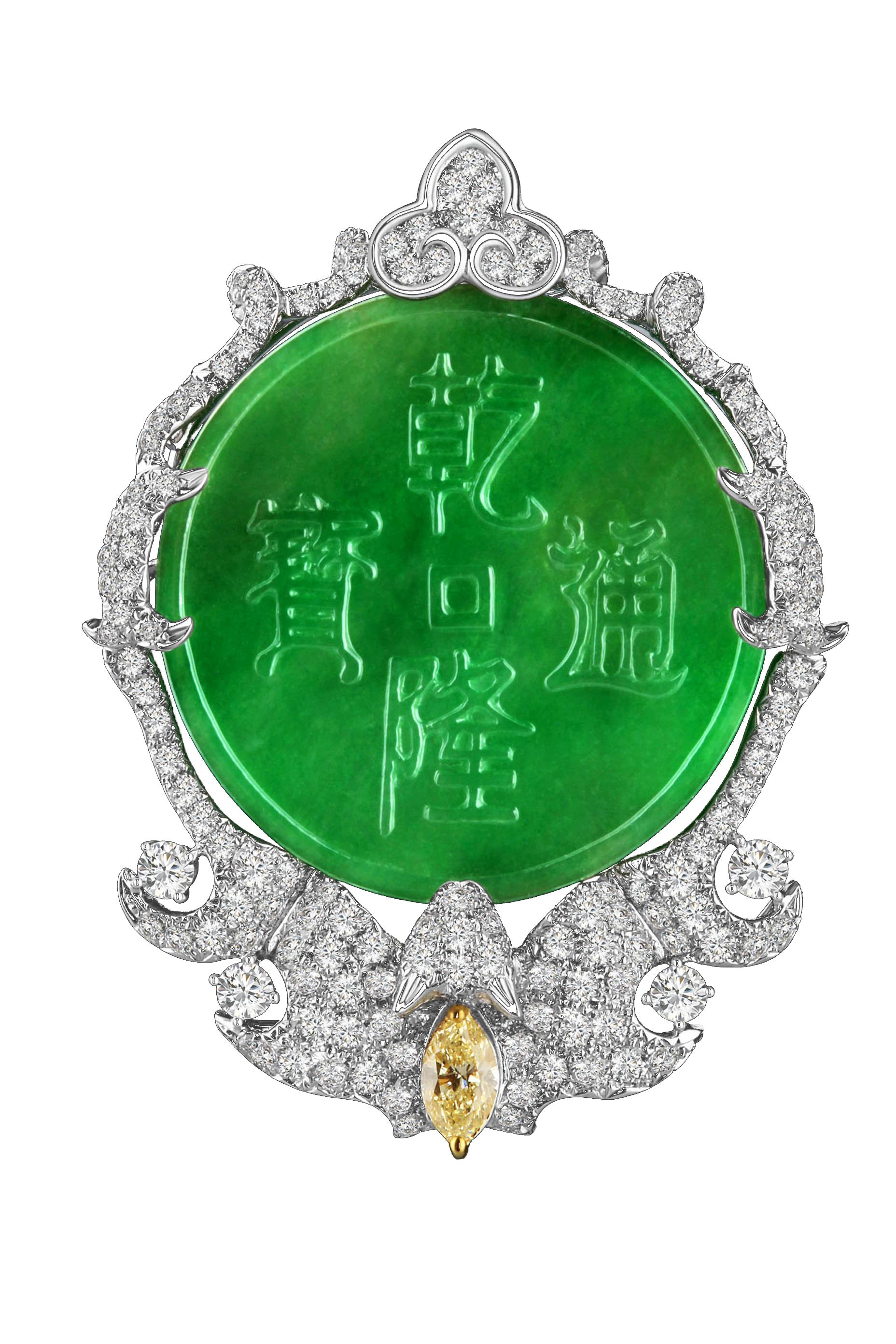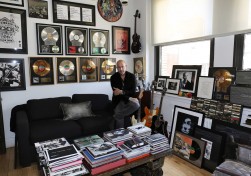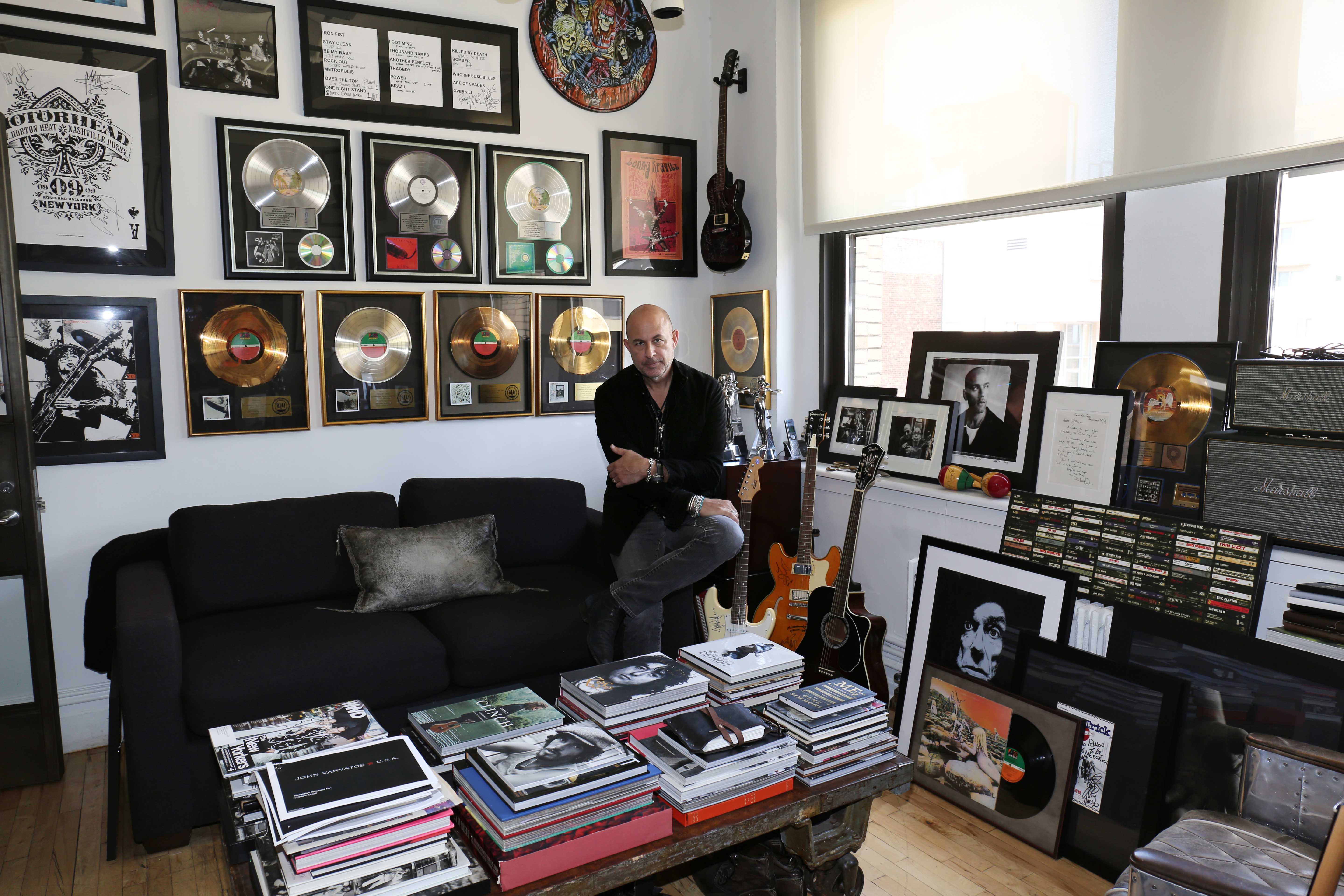Perhaps even more difficult a task than dressing a royal bride is dressing the bride’s mother. So, when a vintage Rolls-Royce Phantom swept up the Long Walk of Windsor Castle at 11:58 on the 19th May 2018 bearing Meghan Markle, it’s little wonder the hawk-like gaze of the world’s fashion media settled also on her mother, Doria Ragland.
Her outfit – a mint-green Oscar de la Renta two-piece – was a lesson in mother-of-the-bride-decorum; zingy but demure, accented with the same florets of white embroidery as those scattered on the kick of her daughter’s dress. That Ragland chose Oscar de la Renta for such an important and momentous occasion “was extraordinary”, says Laura Kim – one half of the creative duo behind the brand – with an air of lingering bewilderment. “We were so honored.”
And yet, maybe it’s not that surprising that she turned to Oscar de la Renta for the occasion, given that the Dominican-born fashion designer was unofficial outfitter to a series of First Ladies, from Jackie Kennedy to Michelle Obama, and a peerless master of beguiling, gowns-and-gloves-style society wear. But since his passing in 2014 and the subsequent appointment in 2016 of Laura Kim and Fernando Garcia as creative directors of the fashion house that still bears his name, the brand has also evolved to appeal to a younger clientele.
The design duo’s latest spring/summer collection, which featured a flurry of mannish tailoring – including one memorably distressed denim two-piece and a tulle gown notable for the legend “Oscar de la Renta” spelled out with conspicuously oversized sequin embroidery – might have left some loyal followers clutching their pearls. But evolution is the key word here – and every collection is Oscar de la Renta through and through, explains Garcia.
“I always remember Oscar wanting the newest thing,” he says of their early mentor – for Kim had worked with de la Renta since 2003 as studio director, while Garcia clambered his way up the ranks from intern to senior designer at the house from 2009. “I think he wanted us to move forward but keep it very Oscar. He was the one pushing us, to see the newest, youngest ideas and materials.”
After Oscar de la Renta lost a decade-long battle with cancer, it took a little while to find a suitable successor. The British designer Peter Copping briefly took over the helm, during which time Kim and Garcia left the company to set up their own label, Monse (named after Garcia’s mother). A far cry from de la Renta’s hyper-feminine gowns, Monse is best known for shirts – but shirts transmuted into Rei Kawakubo-esque deconstructed forms.
“We wanted to create a brand that wasn’t extremist; not too feminine or too masculine,” says Garcia. “The market needed more clothes that made a girl look like it took her five minutes to get ready,” he explains. “We didn’t think it was going to be like Oscar, and we didn’t want it to be.”
Monse was more or less an instant hit, with pieces worn by the likes of Sarah Jessica Parker and Amal Clooney – the kind of glamorous, influential tastemakers young designers dream of being worn by. Then, in 2017, Alex Bolen – Oscar de la Renta’s son-in-law and the house’s CEO – re-hired the duo, this time as joint creative directors.
It was a happy homecoming, of course, but pulling together nine collections a year across two brands brings its challenges. When the pair aren’t at the Oscar de la Renta studio in Midtown, they’re in Tribeca, working on Monse. “It’s like being in two different movies,” says Garcia of the parallel worlds he and Kim inhabit. And surely there are moments in which the pressure becomes insurmountable, when they’d rather just be in the one movie.
Key to successfully juggling both labels is the pair’s mutual affection and the convergence of their design approaches; for Garcia is a University of Notre Dame architecture graduate, while Kim is a South Korea-raised fashion design alumna of the Pratt Institute, New York. That, and a canny division of labor.
We make “the perfect combo. I tend to be very balanced and tough, whereas Fernando goes for more of the drama and romance,” muses Kim. “Budgeting and managing is Laura’s turf,” says Garcia, “Public relations and marketing is Fernando’s,” Kim echoes, resolutely. And the rest? “We divide and conquer.”

